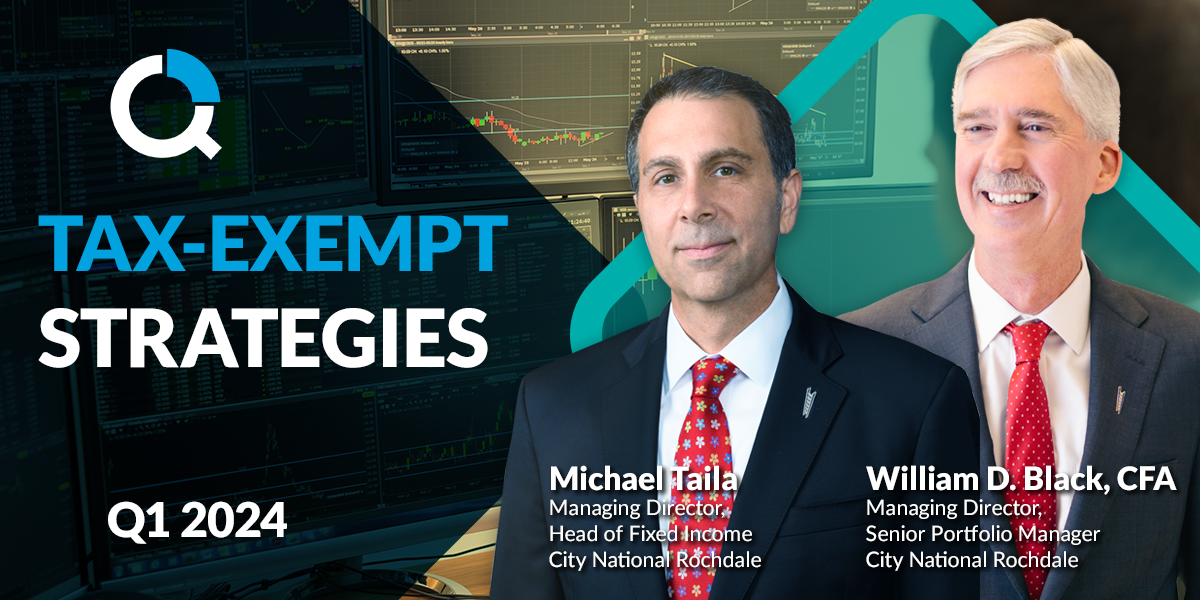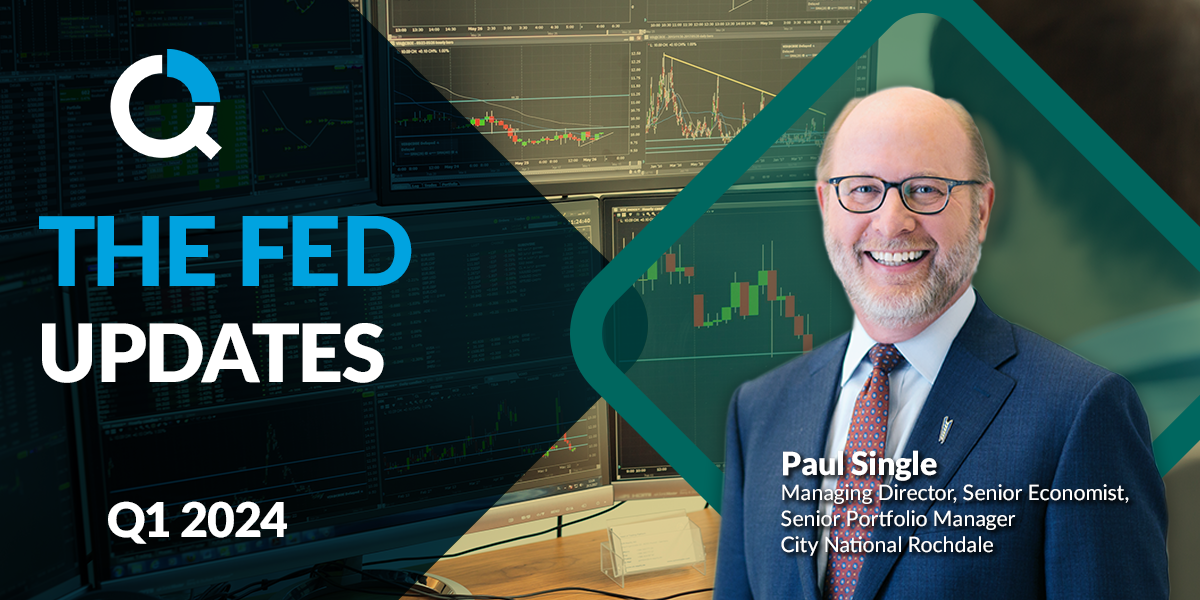
Equity Income:
Dividend Growth and Income
Key points:
- Over the last 10 years, attractive yielding dividend stocks have yielded an average of 4%, and grown dividend income +7% per year.
- Dividend income growth is a potential inflation offset and compounder of value.
- Attractive yielding dividend stocks provide both growing income and potential capital appreciation.
A key characteristic of our attractive dividend universe is its historically consistent, relatively high yield, which can be a meaningful contributor to overall client portfolio income while providing potential equity upside. We expect its income to grow over time, with the potential to offset inflation and compound portfolio value.
Let’s take a look at the dividend universe vs. a couple of alternatives.
Over the last 10 years, our dividend universe has averaged a yield of 4%, more than twice as high as the average equity market yield1 and approximately 50 bps higher than the average yield of corporate bonds2. During that time, our benchmark’s dividend has increased at a 7% CAGR, slightly ahead of that of the S&P 500 and ahead of inflation (<3%). Fixed income is fixed.
The accompanying chart plots the hypothetical experience looking forward 10 years for these three asset classes using current yields and historical growth rates (the range around each solid line accounts for variance of +/-2% vs. the historical average) and assuming an initial investment in each of $1m. Within three years, dividend growth raises portfolio income of the attractive dividend universe above that of corporate bonds, even at today’s compelling rates, and continues to grow from there. Income from the market portfolio never catches up.
Chart 1: Dividend Growth and Income
Source: Bloomberg, as of March 2024.
Past performance is no guarantee of future results.
Indices are unmanaged, and one cannot invest directly in an index. Index returns do not reflect a deduction for fees or expenses.
DVY: The iShares Select Dividend ETF seeks to track the investment results of an index composed of relatively high dividend paying U.S. equities. The ETF has a fee of .038%.
SPY: The SPDR S&P 500 ETF Trust aims to track the Standard & Poor’s (S&P) 500 Index, which comprises 500 large-cap U.S. stocks. The ETF has a fee of .09%.
Moreover, while yield to cost in this example ends up at an approximate 9% yield, history shows that the dividend portfolio is unlikely to trade there. Rather, history suggests it is more likely that the portfolio continues to be priced around that 4% yield. In order for that to be the case, for the yield to remain around that historical average, with income having roughly doubled, portfolio value would have to roughly double as well.
The appropriate mix of income, potential equity appreciation, and volatility is part of the mosaic that our portfolio managers build for clients. That mix can and should be adjusted, as appropriate, over time, based on evolving market conditions and client needs. That our dividend universe provides consistently meaningful and historically growing income gives it an ongoing place in the conversation, in our view.
Within the equity income strategy, given today’s normalizing rates and inflation, we have biased stock selection in favor of dividend growth over yield, all else equal, to maximize its potential benefit as an inflation offset.
1 S&P 500 Index
2 Bloomberg U.S. High Yield Corporate Index
Important Information
The views expressed represent the opinions of City National Rochdale, LLC (CNR) which are subject to change and are not intended as a forecast or guarantee of future results. Stated information is provided for informational purposes only, and should not be perceived as personalized investment, financial, legal or tax advice or a recommendation for any security. It is derived from proprietary and non-proprietary sources which have not been independently verified for accuracy or completeness. While CNR believes the information to be accurate and reliable, we do not claim or have responsibility for its completeness, accuracy, or reliability. Statements of future expectations,estimates, projections, and other forward-looking statements are based on available information and management’s view as of the time of these statements. Accordingly, such statements are inherently speculative as they are based on assumptions which may involve known and unknown risks and uncertainties. Actual results, performance or events may differ materially from those expressed or implied in such statements.
All investing is subject to risk, including the possible loss of the money you invest. As with any investment strategy, there is no guarantee that investment objectives will be met, and investors may lose money. Diversification may not protect against market risk or loss. Past performance is no guarantee of future performance.
There are inherent risks with equity investing. These risks include, but are not limited to stock market, manager, or investment style. Stock markets tend to move in cycles, with periods of rising prices and periods of falling prices.
There are inherent risks with fixed income investing. These risks may include interest rate, call, credit, market, inflation, government policy, liquidity, or junkbond. When interest rates rise, bond prices fall.
Index Definitions
S&P 500 Index: The S&P 500 Index, or Standard & Poor’s 500 Index, is a market-capitalization-weighted index of 500 leading publicly traded companies in the US It is not an exact list of the top 500 US companies by market cap because there are other criteria that the index includes.
DVY: The iShares Select Dividend ETF seeks to track the investment results of an index composed of relatively high dividend paying U.S. equities. The ETF has a fee of .038%.
SPY: The SPDR S&P 500 ETF Trust aims to track the Standard & Poor’s (S&P) 500 Index, which comprises 500 large-cap U.S. stocks. The ETF has a fee of .09%.
The Bloomberg US Corporate Index measures the investment grade, fixed-rate, taxable corporate bond market.
City National Rochdale, LLC, is an SEC-registered investment adviser and wholly owned subsidiary of City National Bank. Registration as an investment adviser does not imply any level of skill or expertise. City National Bank and City National Rochdale are subsidiaries of Royal Bank of Canada. City National Bank provides investment management services through its subadvisory relationship with City National Rochdale, LLC.
© 2024 City National Bank. All rights reserved.
Non-deposit investment Products are: • not FDIC insured • not Bank guaranteed • may lose value
Stay Informed.
Get our Insights delivered straight to your inbox.
More from the Quarterly Update
Put our insights to work for you.
If you have a client with more than $1 million in investable assets and want to find out about the benefits of our intelligently personalized portfolio management, speak with an investment consultant near you today.
If you’re a high-net-worth client who's interested in adding an experienced investment manager to your financial team, learn more about working with us here.





